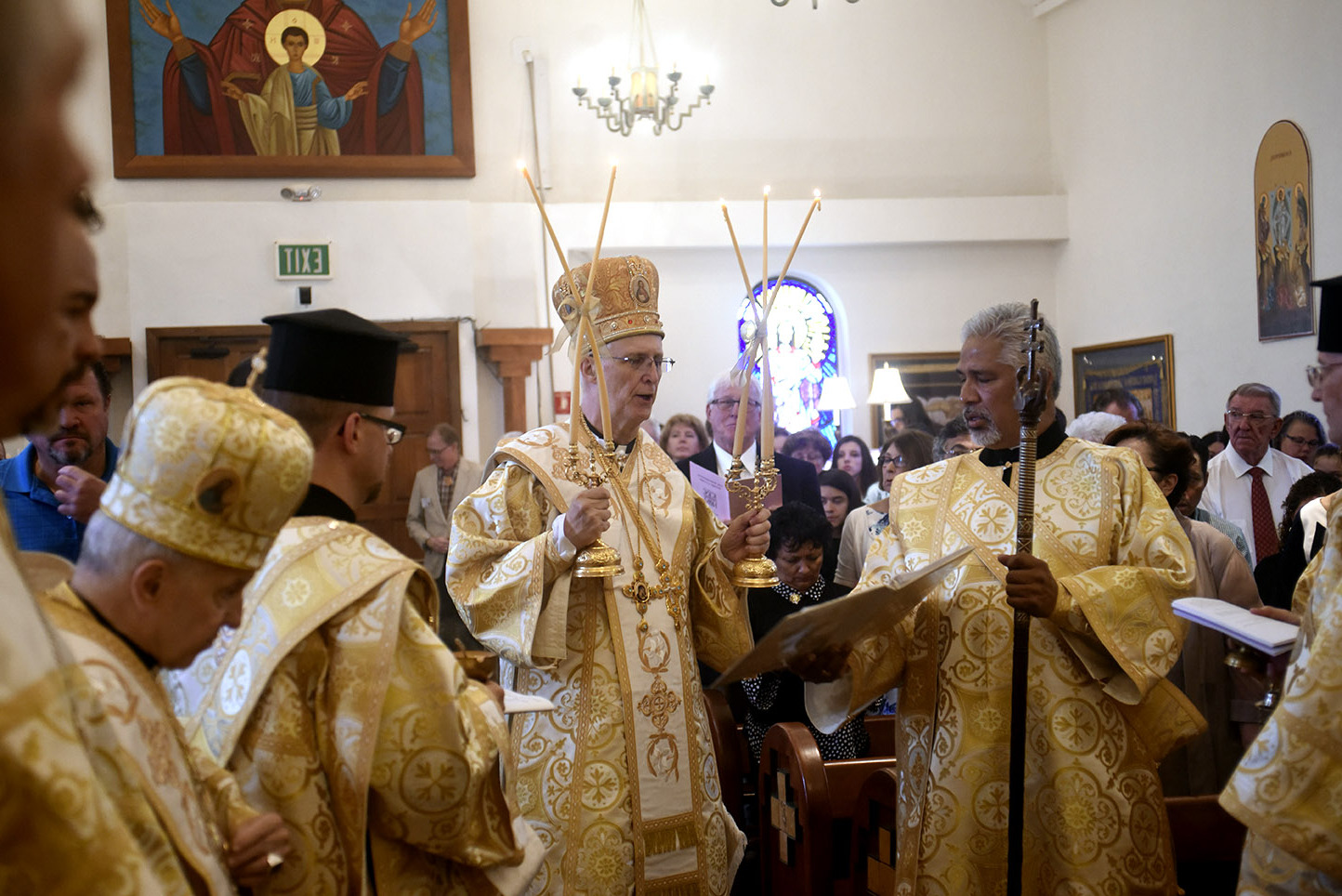
The Byzantine Rite is a fascinating branch of Christianity with rich traditions and unique practices. Originating in the Eastern Roman Empire, it has a history that spans centuries. Ever wondered what sets it apart from other rites? For starters, the liturgy is celebrated in a variety of languages, including Greek, Slavonic, and Arabic. The use of icons plays a significant role in worship, serving as windows to the divine. Byzantine Rite churches often feature stunning mosaics and domes, creating a heavenly atmosphere. Curious about the differences in sacraments, fasting rules, or the calendar? Let's dive into 20 intriguing facts that will deepen your understanding of this ancient and beautiful tradition.
What is the Byzantine Rite?
The Byzantine Rite is one of the liturgical rites used by the Eastern Orthodox Church and some Eastern Catholic Churches. It has a rich history and unique traditions that set it apart from other Christian rites.
- The Byzantine Rite originated in the city of Constantinople, now known as Istanbul.
- It is also called the "Greek Rite" due to its use of the Greek language in liturgical services.
- The rite is known for its elaborate and highly symbolic liturgical practices.
- It includes the Divine Liturgy, which is the central worship service, similar to the Mass in the Roman Catholic Church.
- The most commonly used Divine Liturgies are those of St. John Chrysostom and St. Basil the Great.
Historical Background
Understanding the historical context of the Byzantine Rite helps appreciate its development and significance.
- The Byzantine Rite developed during the early centuries of Christianity, particularly between the 4th and 9th centuries.
- It was heavily influenced by the cultural and political environment of the Byzantine Empire.
- The Great Schism of 1054, which divided Christianity into Eastern Orthodoxy and Roman Catholicism, solidified the distinctiveness of the Byzantine Rite.
- Byzantine liturgical practices were spread to Eastern Europe by missionaries like Saints Cyril and Methodius.
- The fall of Constantinople in 1453 marked a significant turning point, but the Byzantine Rite continued to flourish in other regions.
Liturgical Elements
The Byzantine Rite is characterized by specific liturgical elements that make its services unique.
- Iconography plays a crucial role, with icons being venerated and used extensively in worship.
- Chanting and singing are integral, with the congregation often participating in the hymns.
- The use of incense is common, symbolizing prayers rising to heaven.
- The liturgical calendar includes numerous feasts and fasts, reflecting the rhythm of the church year.
- The Eucharist is celebrated with leavened bread, unlike the unleavened bread used in the Roman Catholic Church.
Unique Practices
Several unique practices distinguish the Byzantine Rite from other Christian liturgical traditions.
- The sign of the cross is made differently, with three fingers representing the Holy Trinity.
- The clergy wear distinctive vestments, often richly decorated and symbolic.
- The use of the iconostasis, a screen of icons separating the sanctuary from the nave, is a hallmark of Byzantine churches.
- The Rite includes the practice of the Jesus Prayer, a short, repetitive prayer focusing on the name of Jesus.
- Baptism is typically performed by full immersion, even for infants.
The Final Word on Byzantine Rite
Byzantine Rite, with its rich history and unique traditions, offers a fascinating glimpse into the spiritual and cultural life of Eastern Christianity. From its origins in the Byzantine Empire to its influence on modern liturgical practices, this rite has played a significant role in shaping religious experiences for millions. The use of icons, the distinct liturgical calendar, and the beautiful chants all contribute to its unique character. Understanding these aspects not only enriches our knowledge of Christian traditions but also highlights the diversity within the faith. Whether you're a history buff, a religious scholar, or just curious, exploring Byzantine Rite can be a rewarding journey. So next time you encounter an icon or hear a Byzantine chant, you'll have a deeper appreciation for the centuries-old traditions behind them. Dive into this world and discover the beauty and depth of Byzantine Rite.
Was this page helpful?
Our commitment to delivering trustworthy and engaging content is at the heart of what we do. Each fact on our site is contributed by real users like you, bringing a wealth of diverse insights and information. To ensure the highest standards of accuracy and reliability, our dedicated editors meticulously review each submission. This process guarantees that the facts we share are not only fascinating but also credible. Trust in our commitment to quality and authenticity as you explore and learn with us.


